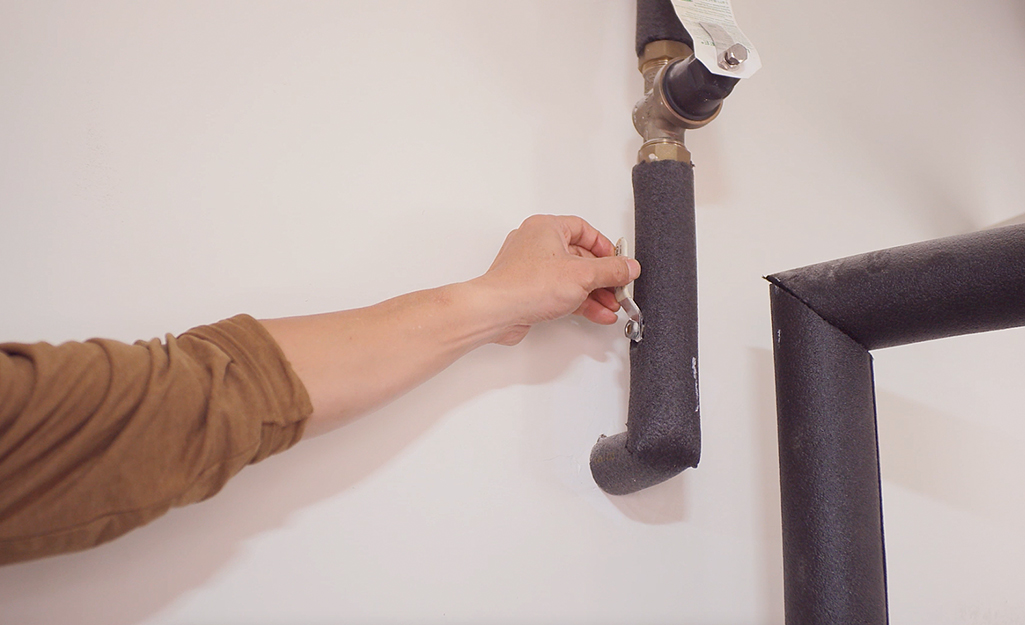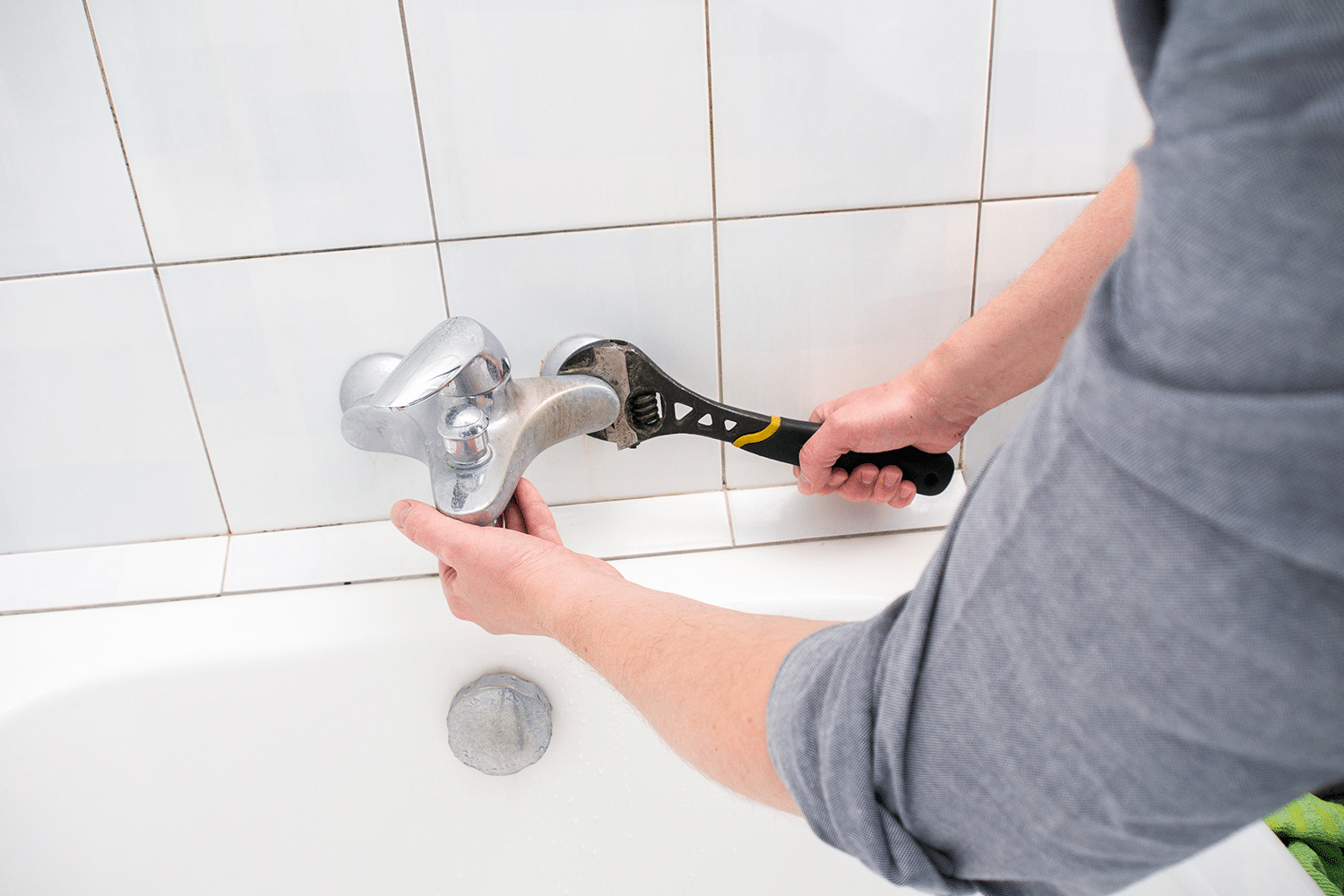How do you actually feel with regards to Why Are My Faucets Dripping (And Can I Fix It Myself)??

Leaking faucets could seem like a small aggravation, however their impact exceeds just the aggravation of the audio. From wasting water to sustaining unnecessary monetary expenses and health and wellness risks, neglecting a leaking tap can cause different consequences. In this article, we'll look into why it's vital to address this common home concern quickly and effectively.
Wastage of Water
Environmental Effect
Dripping faucets add substantially to water wastefulness. According to the Environmental Protection Agency (EPA), a solitary faucet trickling at one drip per second can throw away more than 3,000 gallons of water per year. This not just strains water resources but additionally impacts ecological communities and wild animals dependent on them.
Financial Prices
Increased Water Bills
Beyond the environmental influence, trickling taps can inflate water costs substantially. The accumulated wastefulness gradually converts right into greater energy expenses, which could have been stayed clear of with timely repair work.
Possible Property Damages
Furthermore, long term dripping can cause damage to fixtures and surface areas surrounding the tap. Water accumulation can cause staining, deterioration, and also structural problems if left unattended, resulting in additional fixing expenses.
Wellness Worries
Mold And Mildew and Mildew Development
The continuous existence of wetness from a trickling tap produces an excellent atmosphere for mold and mold development. These fungis not only jeopardize indoor air quality yet also posture wellness risks, particularly for people with respiratory system problems or allergies.
Waterborne Conditions
Stagnant water in dripping faucets can end up being a breeding place for microorganisms and other virus, enhancing the risk of waterborne diseases. Impurities such as Legionella microorganisms grow in stagnant water, possibly bring about severe illnesses when ingested or inhaled.
Do it yourself vs. Expert Repair
Pros and Cons of Do It Yourself Repair Work
While some may attempt to repair a leaking faucet themselves, DIY repairs include their very own set of obstacles. Without proper knowledge and devices, do it yourself attempts can worsen the problem or lead to insufficient repairs, extending the issue.
Benefits of Working With an Expert Plumber
Employing an expert plumber guarantees that the underlying reason for the dripping faucet is resolved effectively. Plumbings possess the competence and tools to identify and repair faucet problems successfully, saving time and decreasing the threat of further damages.
Step-by-Step Guide to Taking Care Of a Dripping Tap
Tools Called for
Before trying to fix a dripping faucet, gather the needed tools, consisting of a flexible wrench, screwdrivers, replacement components (such as washing machines or cartridges), and plumber's tape.
Common Faucet Issues and Their Solutions
Determine the sort of faucet and the details problem triggering the drip. Typical troubles include worn-out washing machines, corroded valve seats, or defective O-rings. Describe maker directions or on-line tutorials for detailed assistance on repair work.
Preventive Measures
Routine Maintenance Tips
To stop dripping faucets, carry out regular upkeep such as cleaning up aerators, examining for leaks, and replacing damaged parts quickly. Additionally, think about mounting water-saving tools or updating to much more effective fixtures.
Relevance of Prompt Fixes
Addressing trickling taps as quickly as they're observed prevents more water wastage and potential damage, inevitably saving both water and cash over time.
Impact on Building Worth
Perception of Well-Maintained Residential Property
Maintaining a building in good condition, consisting of dealing with upkeep problems like trickling faucets, enhances its perceived value and desirability among possible purchasers or occupants.
Impact on Resale Worth
Residences with well-maintained plumbing components, consisting of taps, command higher resale worths in the property market. Addressing trickling taps can add to a favorable impact during residential property examinations and negotiations.
Ecological Responsibility
Specific Contribution to Conservation
Taking obligation for taking care of leaking taps aligns with more comprehensive initiatives toward water conservation and ecological sustainability. Every person's activities collectively make a substantial impact on preserving priceless sources.
Sustainable Living Practices
By prioritizing punctual repair services and adopting water-saving routines, individuals contribute to lasting living practices that profit both existing and future generations.
Verdict
Addressing a trickling faucet surpasses simple benefit; it's a vital step toward saving water, reducing financial expenses, and guarding wellness and residential property. Whether through DIY fixings or expert help, taking action to fix leaking faucets is a small yet impactful means to advertise accountable stewardship of sources and add to a healthier, a lot more lasting future.
How to Fix a Dripping or Leaky Faucet
A leaking faucet is one of the most common problems that homeowners encounter, but it being commonplace doesn’t make it any less annoying. The constant drip drip drip of a leaking bathtub faucet, showerhead, or sink tap can disturb your home’s serenity. Left neglected, a dripping faucet can also result in higher water bills and discoloration or mold growth in your sink or plumbing fixtures.
Fortunately, you don’t have to be a trained plumber to know how to stop a dripping faucet. With some basic tools, replacement parts, and a little patience, leaky faucet repair is a breeze. In this article, we’ll explain what causes dripping faucets and how you can fix them.
What Causes a Leaking Faucet?
Kitchen and bathroom faucets come in all manner of designs, but most involve some combination of valves, O-rings, seals, and washers. The O-ring is usually the weakest link, but any one of these pieces can wear down over time. Heat, moisture, temperature fluctuations, minerals, mold, and movement can contribute to warping and corrosion, breaking the watertight seal. This just comes with the territory of being a homeowner. Everything is always subject to wear and tear, and some component parts of your appliances and fixtures need to be replaced on occasion. At least replacement O-rings are cheap!
More rarely, dripping faucets can be a symptom of excessively high water pressure. Were this the case in your home, you would probably notice that the leak is not isolated to one faucet. Water pressure issues are harder to resolve on your own. We recommend contacting a professional plumber if you suspect your water pressure is too high.
How to Fix a Dripping Faucet
- Pipe wrench or monkey wrench
- Allen wrench set
- Screwdrivers
- Old towel or rag
Shut off the water.
Before you do anything, you need to turn off the water to keep from drenching your kitchen or bathroom. You should find a valve under the sink and against the wall. Once you’ve turned this valve, try turning the faucet on to confirm that the water source has been cut off.
If you can’t locate your local valve for the faucet you’re working on, you can always shut off the water to the house at the main valve. Of course, this will prohibit anyone from using the sinks, showers, or toilets while you’re working on the faucet that’s giving you trouble.
Plug or block the drain.
You’ll be disassembling the faucet and removing some small bits of hardware. Plug the drain with a stopper or rag to avoid the possibility of a small screw falling into your P-trap.
Take apart the faucet assembly.
There are several varieties of kitchen and bathroom faucets, each with its own manner of assembly. For detailed instructions on how to disassemble your faucet, you can refer to the fixture’s manual or contact the manufacturer. If you know whether you have a ball, disc, cartridge, or compression faucet, you can find detailed schematics online.
In general, you need to begin by removing the faucet handles. You might notice a small screw that you’ll need to remove with a screwdriver or Allen wrench. If you don’t see any visible securing hardware, it’s likely hidden under a decorative cap that can be unscrewed or popped off with flathead screwdriver.
Remove each piece methodically, consulting a schematic when necessary. Take notes or arrange the pieces in such a way to make it easier to correctly reassemble the faucet later.
Remove the cartridge.
Once you’ve removed the handles and securing hardware, you should be able to remove the valve cartridge or stem. Some cartridges will slide right out. Other faucet models will require you to loosen a nut with a pipe wrench before you can remove the valve stem.
Examine the exposed hardware.
With the cartridge or stem removed, inspect the component parts. Check the rubber O-rings for wear and tear. Also examine the seat washer for corrosion or other damage. These pieces are usually the responsible parties for a dripping faucet, but it’s worth inspecting the other component parts while you have the faucet disassembled.
Find replacement parts.
Once you’ve identified which faucet component has failed, find an identical replacement. Your local hardware store should have O-rings, seat washers, and other standard components in stock. If you have a luxury or uncommon faucet, you may have to contact the manufacturer for a replacement part.
It’s a good idea to take your old parts with you to the hardware store so you can compare them with the store’s inventory and be sure you’re purchasing the correct replacement.
Reassemble the faucet.
With your new parts in hand, reconstruct the faucet and handles. Don’t be tempted to overtighten screws or nuts. You might think this could create a better seal, but it can instead damage or bend a delicate part of the assembly and create a new problem for you.
Turn on the water and test the faucet.
The only thing left to do is test your work. Unplug the sink, turn the water back on, and try the faucet. Congratulate yourself on a job well done!
https://www.libertyhomeguard.com/how-to-fix-a-dripping-or-leaky-faucet/

Do you appreciate reading about Should I Repair or Replace a Leaky Faucet?? Write a remark further down. We will be happy to listen to your feelings about this posting. In hopes that you visit us again soon. Sharing is good. Helping others is fun. I love your readership.
Comments on “Which It's Required to Deal with a Dripping Faucet”